.
 |
| What plant alkaloids are there? |
America, of course, is a continent, not a country. While the US empire may sway and undermine the rest of the world, it does not represent the Americas.
The Amazon jungle is an amazing (and some say created, i.e., terraformed) factory of amazing alkaloids. The world's favorite stimulants come from South American jungles and highlands: chocolate (cacao with theobromides), coffee (caffeine), coca (cocaine).
The favorite drink on this continent is not Coca Cola (which originally contained addictive and destructive white cane sugar and habit-forming coca leaves chewed in the Peruvian Andes for energy).
Now chemical corn-glucose and formaldehyde with methyl-alcohol (which is what aspartame breaks down into) laden soda may be consumed corroding plastic and aluminum containers, yet it is not the favored drink.
 |
| Traditional yerba mate serving container |
Coffee may have conquered the world with detrimental health consequences that are repeatedly obscured by "new scientific findings" to suggest rancid, roasted seeds could possibly be a good idea to consume even in small quantities.
The continental favorite is Guayaki, known everywhere as Yerba Mate (Ilex paraguariensis) a subtropical species of Holly.
According to ABC, Yerba Mate is now being marketed in the US as an energy-boosting diet tea. It contains various minerals, including phosphorous, iron, calcium, and vitamins C, B1, and B2. But it also contains caffeine (and, in limited amounts, theophylline and theobromine), which are all stimulants.
 |
| Bottled Yerba Mate |
Some manufacturers of Yerba Mate say their brands contain a caffeinelike substance that makes one less jittery called "mateine." But it seems that chemically, it is identical to caffeine. The bottom line: It provides a hit of energy, but that hit is due to caffeine.
WARNING: Research has found chronic consumption of this tea over years may increase the risk of head and neck cancers [although Argentinians, Brazilians, and others disagree].
SourceLet them In: How Brazilians Could Help the U.S. Economy

(TIME.com) Everyone should love Brazilian tourists. They spend more per capita than any other nationality. Worldwide, Brazilian tourists shell out an average of $43.3 million a day, dropping a gigantesco $1.4 billion last April alone, up 83% from the same period last year, according to the Brazil's Central Bank. In 2010, 1.2 million Brazilians visited the United States, injecting $5.9 billion into the U.S. economy. Even exclusive ski resorts in Vermont are scrambling to hire Portuguese-speaking ski instructors to meet the unexpected and rapidly growing demand from thousands of adventurous Brazilians...
































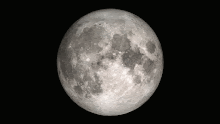















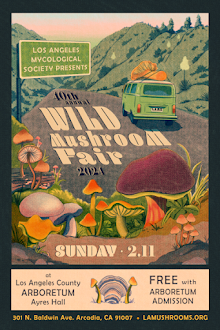




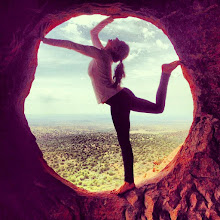
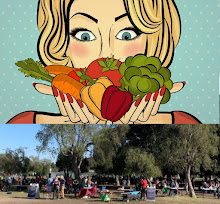


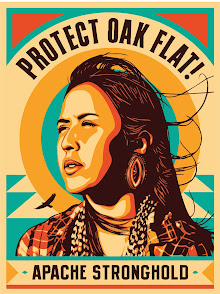





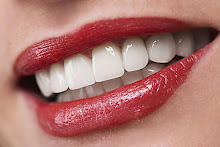
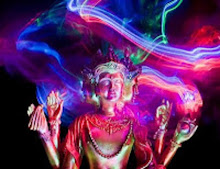










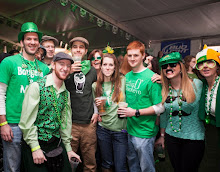




















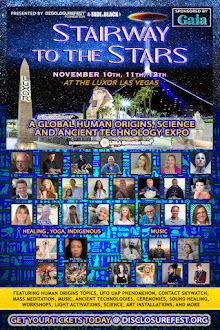









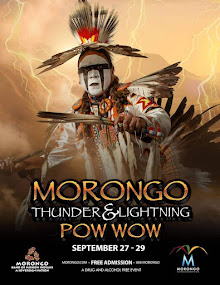














































































































































No comments:
Post a Comment